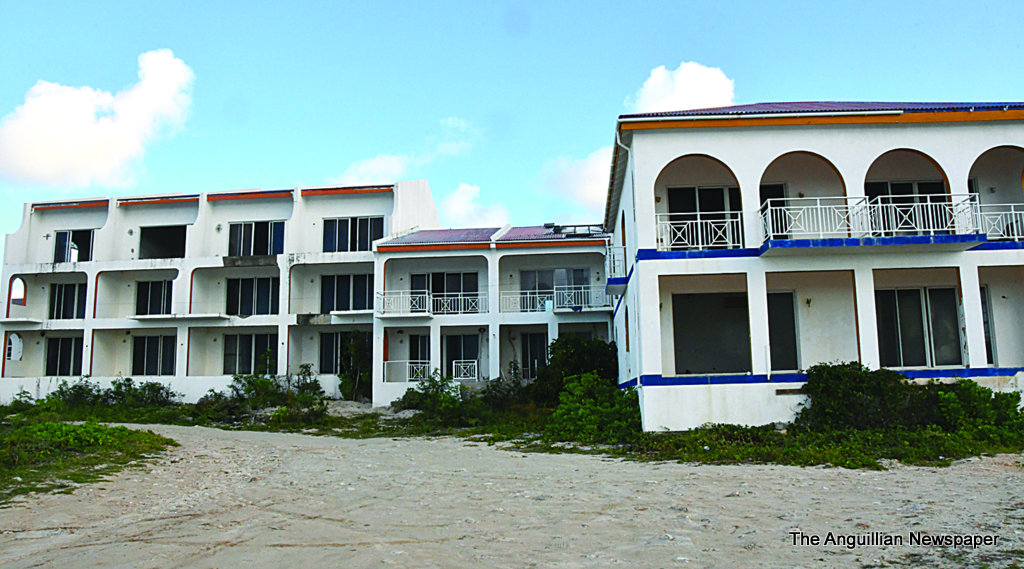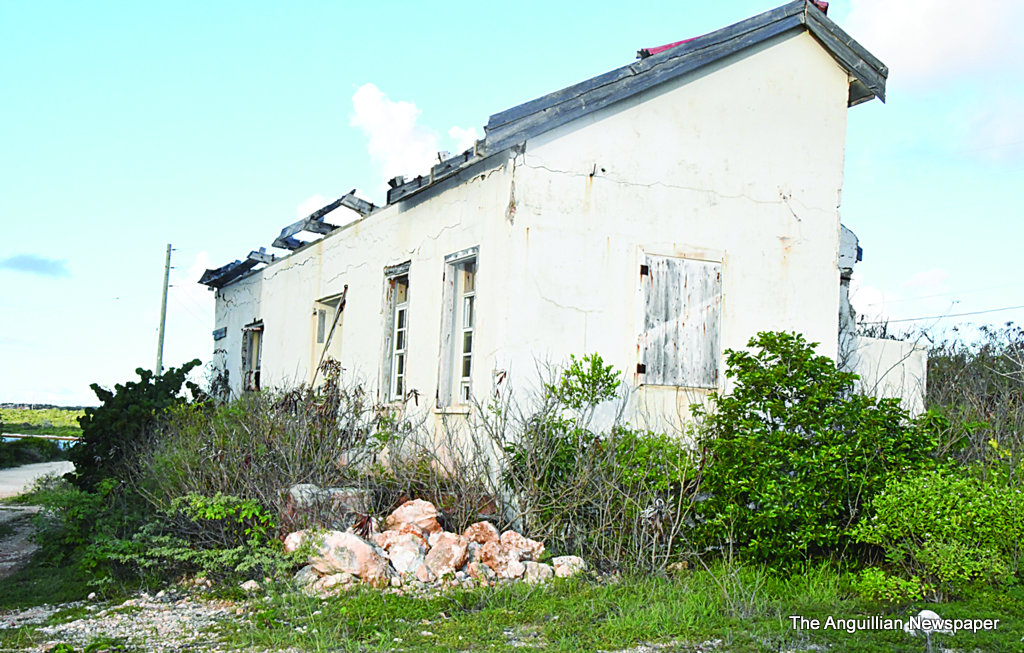The majority of adults in Anguilla were children when the Forest Bay, on the south coast of the island, was in full swing as a cargo port – and for entry and departure for passengers. It was also an area for cross-country running races for athletes from The Valley Secondary School, one of them having been Menes Hodge, then a powerful fast runner.
The Forest Bay is located just to the north of French St. Martin and Dutch St. Maarten.
It is interesting that Mr. Hodge [now Reverend Hodge] eventually became a Customs Officer at The Forest Bay, reporting to the Government of St. Kitts, through supervisory personnel in Anguilla. Trained in Trinidad, he was a strict Customs Officer, but a very pleasant and congenial Anguillian from Little Dix. He had to be strict in those days when the smuggling of demijohns of rum and goods was the order of the day at the port – with the smugglers travelling mainly through the bushlands to the north.
Menes does not really like to talk about it, but, during the 1967 Anguilla Revolution, he encountered a very challenging episode. He was approached by one of the young revolutionary freedom fighters. The man is believed to have appeared on the scene just when Menes arrived to use the keys to open the lock at the front door of the Customs building, located on the high ground above the bay. “Give me the keys,” the man demanded from the calm but stern Customs Officer.
The man, who reportedly was armed, could have simply shoot off the lock and enter the building to get at the safe – I presumably holding the revenue from import duties, etc. Not to be blamed later on, for passing on the keys to him, Menes simply dropped them to the ground, thereby allowing the man to take them up. What happened next is history but, thankfully, Menes was unharmed.
Besides the Forest Bay, there was no other seaport in Anguilla functioning as effectively. The Road Bay Port could only be accessed reportedly by a foot path – not offering much or any space for vehicular traffic. Furthermore, although there were boats operating in the harbour, there were little or no real revenue-collection opportunities, since there was not a well-organised port with proper customs duties and fees and business.
Of course there was also the Blowing Point Port with its sea-link to St. Martin/St. Maarten. While Anguillian boats operated there, between Anguilla and the southern islands, the port was said to have also been a smuggling hot spot. So the collection of Customs revenue was reported to have been of little intake or value.
The Forest Bay was therefore considered to have been the main cargo port of entry for such well-known sloops and schooners like the Betsy R and the Warspite. They usually sailed from Road Bay Harbour to The Forest Bay to make the turn to the south-east to St. Kitts, and other Eastern Caribbean Islands where they plied for cargo. Both Road Bay and The Forest Bay were also outlets for boat trips to Santo Domingo, transporting Anguillian men back and forth to work in the cane-fields of that Spanish-speaking Republic.
Today, the Customs activity at the Forest Bay is dead. There are only the ruins of the Customs House with the crumbling jetty sticking out to the southern waters and with one or two moorings still in place. The only activity in the area is some minor fishing in the inshore waters, and also some occasional small sand-mining activities.
In recent years, there has been much talk about the Forest Bay area for hotel and golf course projects; as well as the dredging of the seabed for a marina, among other proposed projects. Unfortunately, none of them has materialised. There are at least two concrete buildings on the bay front now showing considerable wear and tear, and serving no purpose – though they could have been useful if needed.
In truth and in fact, The Forest Bay, once a teeming Customs seaport, is now, sadly, an abandoned area – begging for some tourism development project. Not even swimmers or beach party groups seem to be attracted there, especially with the invasive seaweed. And yet, it is not totally abandoned because there are a few persons with residential homes some distance to the east, the west and the north. But the Forest Bay itself is empty and desolate.











